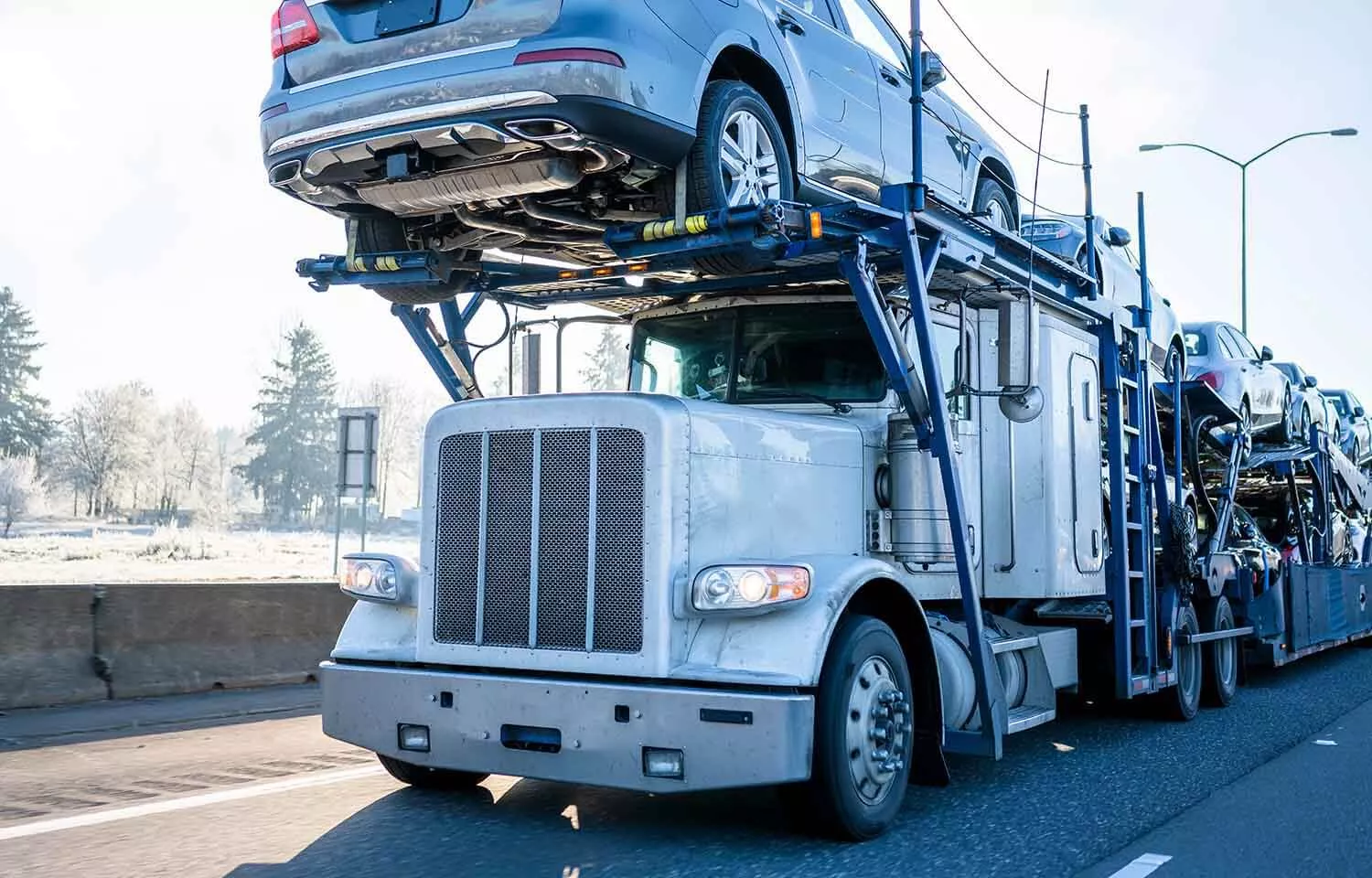The Bill of Lading is an important legal document that combines an inspection report with a receipt, terms and conditions, and a dispatch report. It protects both the customer and the carrier, and you must understand each part of it, especially if you have never shipped a vehicle before.
The layout for a Bill of Lading can vary, but the constituent parts will remain the same. The following are the standard expected sections in a legal Bill of Lading.
Header
This section simply provides the date, the name of the company along with an order number and the name of the driver.
Pickup and Delivery Information
The pickup and delivery addresses will be shown in this section – make sure they are correct! There will also be contact information for the pickup and delivery contacts.
Vehicle Information
This section contains all information that is relevant in identifying the vehicle. It may include the make, model, year, and color of the vehicle, along with the VIN (Vehicle Identification Number). Further information may include the current mileage, whether it is oversize, and any other information as deemed necessary.
Note that not all information is required by all carriers, but for your protection, you should make sure the details are recorded fully.
Vehicle Condition
This is where a vehicle inspection is performed, and it is important as you will want the vehicle to be in the same condition when it is delivered. Any current damage, including dents and scratches, should be noted down, and an accurate representation of your vehicle should be given.
Auto transport drivers are required by federal law to inspect vehicles at both the pickup and delivery locations.
Terms and Conditions
These are the carrier’s terms and conditions which may be different from any T’s & C’s you may have seen if you booked through a brokerage. Read them carefully to ensure you are aware of what they say, and understand and agree with it. This can save you from a lot of trouble further down the line if a dispute arises.
Signatures
Signatures are needed at both pickup and delivery. At pickup, your signature acknowledges that you read and understood the Bill of Lading. The driver will also sign the document. Do not sign the document if you do not agree with what it says, or if any part of the information is missing or incorrect.
Your car will not be loaded onto the truck until you are happy and have signed the Bill of Lading.





